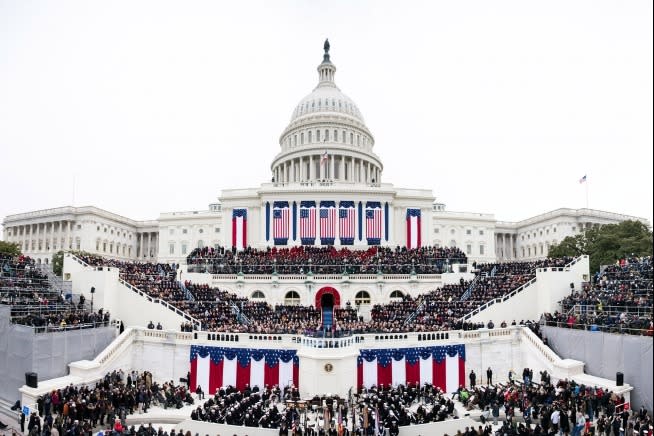2016 presidential election calendar explained
By Kaye Foley
It’s 2016, and you know what that means. The election is kicking it into high gear. But before we choose the 45th president of the United States, there are a few stops along the road to the White House.
There are more debates on the horizon. Before April, there will be three more Democratic debates and six Republican debates.
Then, in February, voting for each party’s nominee gets underway with a series of caucuses and primaries. When it comes to caucuses, attendees listen to speeches, then make their decisions. The Democrats cast their votes by arranging themselves behind their top picks. Republicans vote by a show of hands or paper ballot. Primaries, however, are just a simple vote at a polling place.
First-in-the-nation status goes to the Iowa caucuses on Feb. 1 and the New Hampshire primary on Feb. 9. A lot of significance is placed on these two states as indicators as to how the rest of the country will vote — although critics say Iowa and New Hampshire aren’t diverse enough to clearly predict nationwide results.
Votes are cast in the rest of the states up until mid-June. Then, the next stop is the conventions. This year the Republican National Committee is holding its convention in Cleveland, July 18-21. The Democratic National Committee convention is being hosted in Philadelphia, July 25-28. At these four-day events, delegates pledge support to the candidate of their choice and the party’s nominee is officially selected.
The finish line is in sight, but before Election Day, there are the presidential debates. The first is on Sept. 26 in Dayton, Ohio. The second is on Oct. 9 in St. Louis, and the last debate is in Las Vegas on Oct. 19. Then, Election Day is Nov. 8. The president-elect waits until Jan. 20, 2017, to be sworn in as the next commander in chief.
So no matter whom you’re voting for, when you look ahead at the 2016 presidential election calendar, after watching this video, at least you can say, “Now I get it.”


